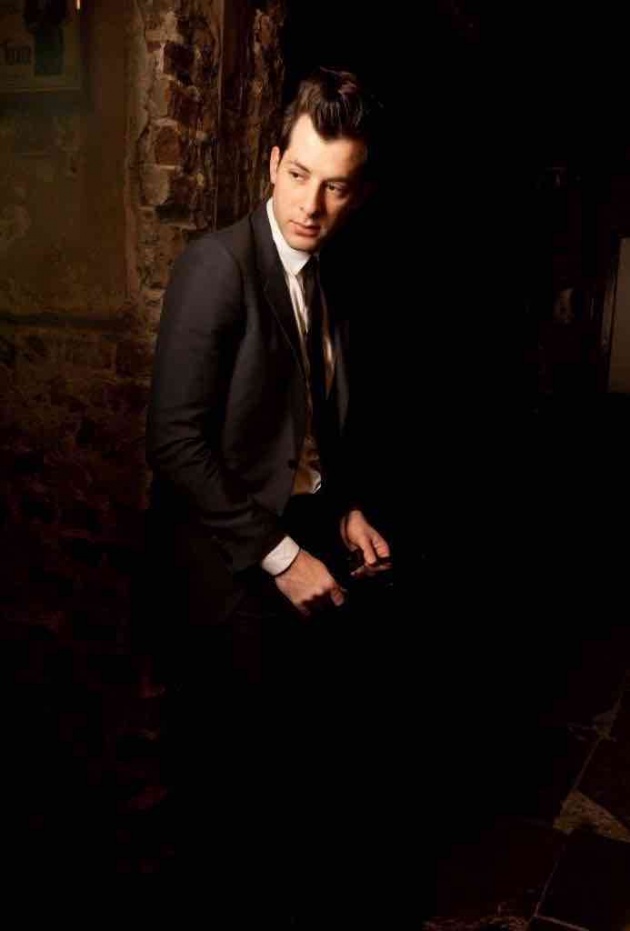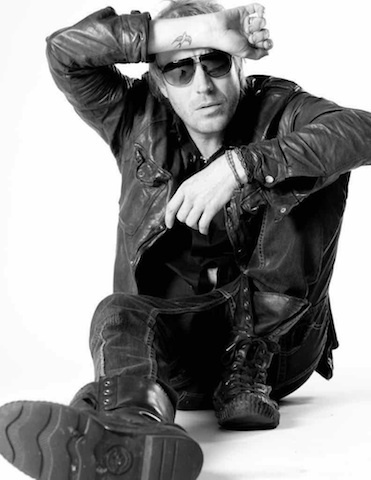News
The Cost of Nothing, The Value of Everything - by Cambridge Jones
18 October 2016

©Cambridge Jones
The Cost of Nothing, The Value of Everything
How can an art form that is by its very nature infinitely reproducible assign any real value to a single photograph?
This is of course not a new problem…since the invention of the affordable mass produced hand-held camera the ‘value’ that the photographer can offer has been under siege.
But in a world where people actually prefer to take their own photographs of themselves and the word ‘selfie’ has actually entered the dictionary it is perhaps time to pause and consider this dilemma.
I’ve now photographed 7 Prime Ministers (including our recently installed one), The Queen and everyone from Al Pacino to P Diddy. I literally value what I do, I take time to get the lighting and my portrait subject just right (an hour or two on average). For the most part my subjects also value what I do, otherwise they wouldn’t give up the time in their otherwise busy lives. They know it will help them to have strong, relaxed and ‘truthful’ images.

©Cambridge Jones
So far, so good then. We have two people who value the work to a greater or lesser degree. And because they do, they are willing to place some literal value on the work.
But we only have to take one step beyond this exclusive club of two (photographer and subject) to find that almost no-one else places much intrinsic value on the work. The public, magazine editors, journalists, agents, managers – in fact almost everyone else – can at one time or another fall into the state of mind where they subconsciously work to a subtle equation:
The picture has been taken + pictures are inherently reproducible = picture should be (virtually) free
Now historically there have been several ingenious ways of short circuiting the equation; we can move the work into the mysterious world of ‘art’ where limited editions create exclusivity and thus implied value. I have myself been led in this direction by my galleries. But I don’t like it – I find it instinctively dishonest – we are falsely limiting the availability of something that was designed to be reproduced.
Another way of underpinning value in the process is to make sure that the machine applies the strict rules of usage (as so helpfully backed by AOP) so that agents, buyers, ad agencies, magazines are all working from agreed rates for different types of usage based on the going rate for any given photographer.
Time of course plays funny games with the above two strategies…and can mix them up… many a photographer who was paid a daily rate to shoot a magazine spread or a commercial shoot will find that given the straight forward passage of time the image has moved from the commercial to the art sphere and ‘limited edition prints’ are now requested (and delivered) for the gallery wall. This has happened to a great number of British photographers, many of whom I know and love; Terry O'Neill, David Bailey, Norman Parkinson, Cecil Beaton to name but a few.
But I digress. What about the regular photographer who has done a great job photographing a person or a landscape or an interior etc. Who then finds that someone wants to use their work….how is this transaction likely to proceed?
Well…it is likely to involve comments like ‘we don’t really have a budget for photography’ or perhaps ‘we were hoping we might use it for free but we will make sure we credit you fully’ or one of my recent favourites ‘I have NEVER had to pay for any photograph EVER’.
Let’s pause for a moment and ask what this ‘free usage’ is being requested for – and these are all real examples I know of first hand:
To help sell a magazine where the editor, journalist, printer, tea maker and caretaker are all being paid.
To promote the work of a (usually) well paid actor/writer/musician in order that they can sell more books, films, or albums.
Even to promote a charity and – hold on to your hats – even people who work in charities are paid – as are the people who print their posters and magazines – and the people who do their accounts and so on (sometimes at discounted rates I grant you.)
A recent (well known) actor’s agent went so far as to say that her client wanted to use one of my exhibition portraits for his Spotlight photo. This request, if you peel back the layers, is effectively a request to advertise the actors face in a readily accessible bible of working actors, in order to presumably lead to more work. My agent was told in no uncertain terms that because the exhibition portrait was 10 years old and because it already existed and would involve no work on our part we should give it to her for free.
Which in a roundabout way brings me to my concluding thoughts. Despite my agent and myself both liking the actor in question we decided to make a stand. I permitted my agent to forward my deliberately provocative thoughts back which included observations about me being very willing to let them use my work for free ‘if they would just consider covering my mortgage during the process’ and reminding them that when an actor’s 10-year-old show is repeated or sold to another channel or country they get paid. And some of the above comments about the fact that everyone else would be paid from the agent to Spotlight.
We got the reaction we expected – which was a rather irate ‘who does he think he is’.
But in the end I think that if we want the world to value our work then we have to start valuing it ourselves. We can’t give away usage to request after request and then complain when they don’t value photography.
I have a radical and counter intuitive proposal – which would turn the established orthodoxy on its head…
Instead of charging less as more prints or uses of an image are made let’s do the opposite. Let’s argue that with only one request for an image, demand is low, so cost is (relatively) low. But the second use or print will be cost (as demand is clearly going up) and if you want to use it in 5 years’ time or buy the 100th print it will cost considerably more because photography like a fine wine increases in value!

©Cambridge Jones
Cambridge Jones (www.cambridgejones.com) is represented by Sarah Daw www.sarahdaw.com



